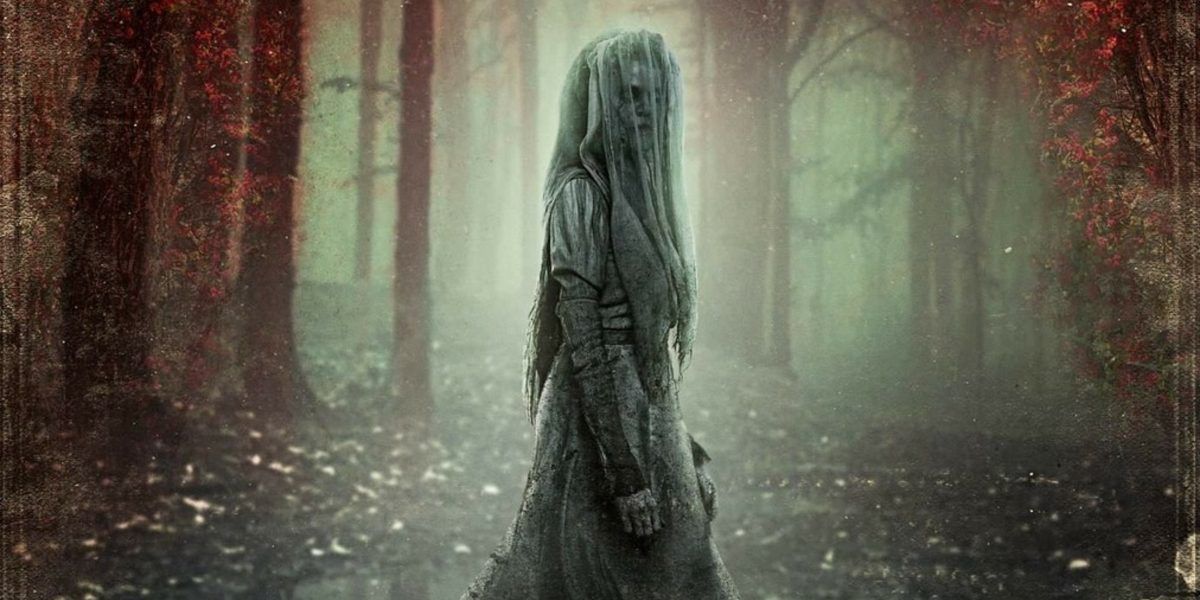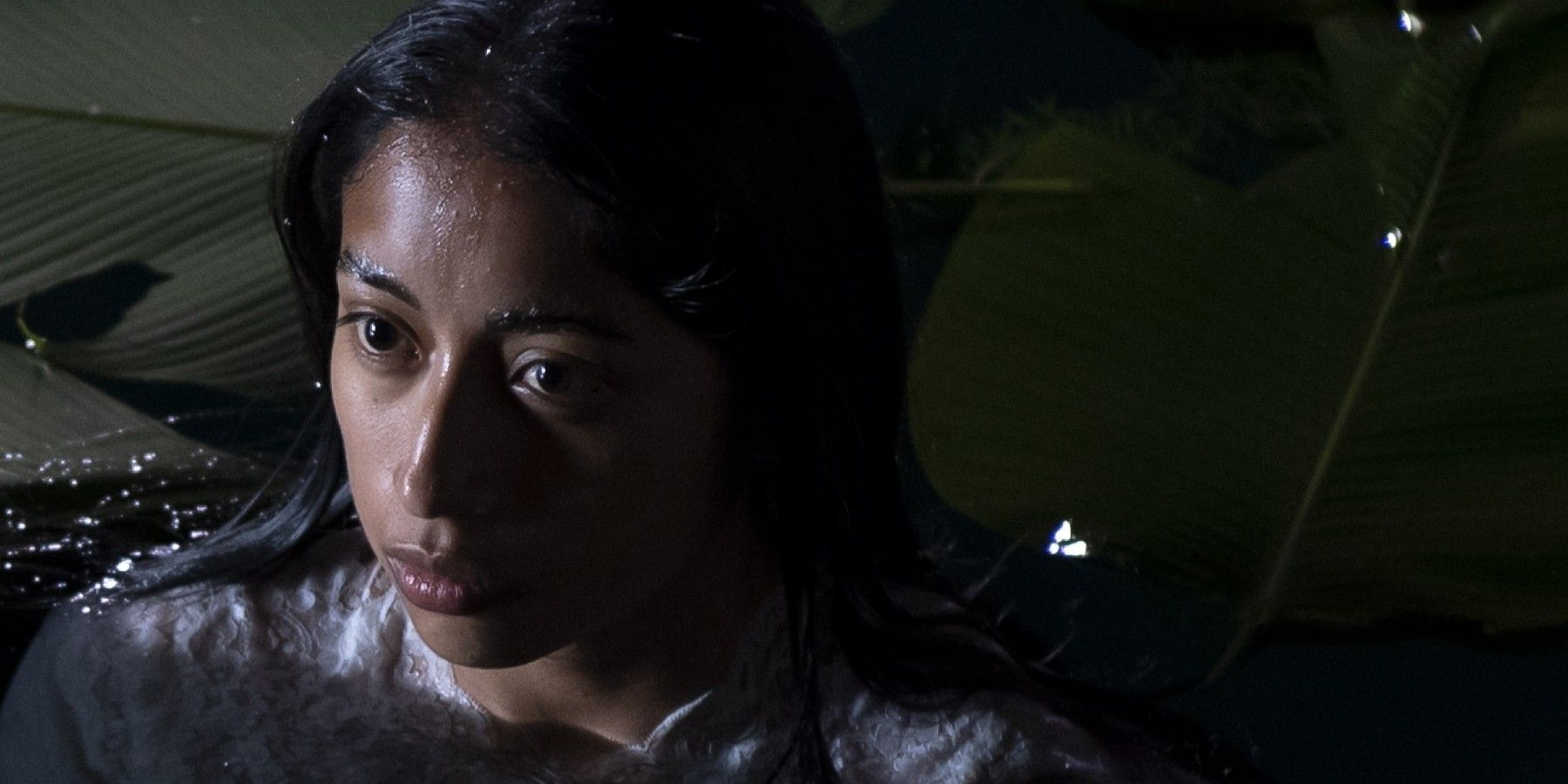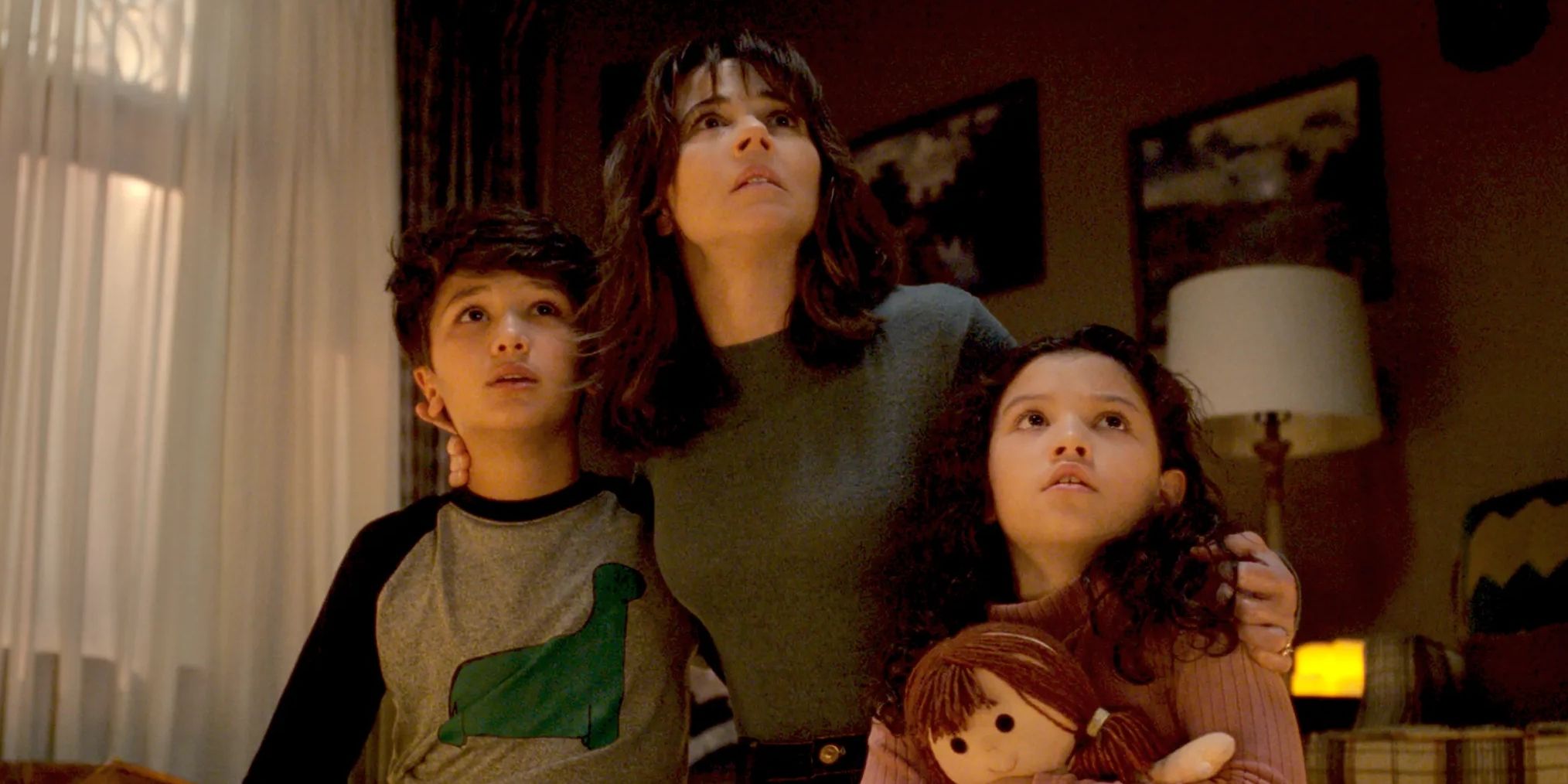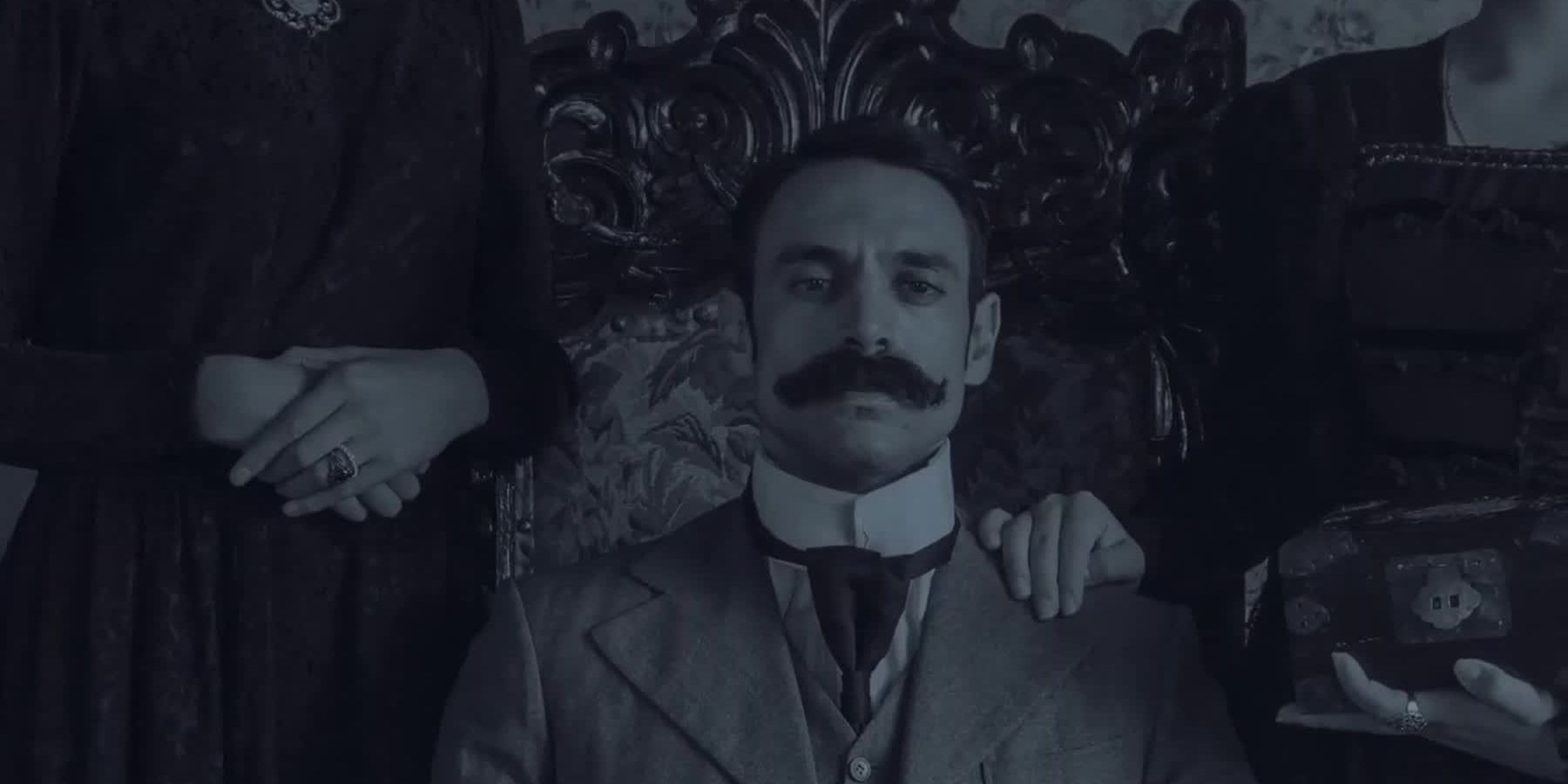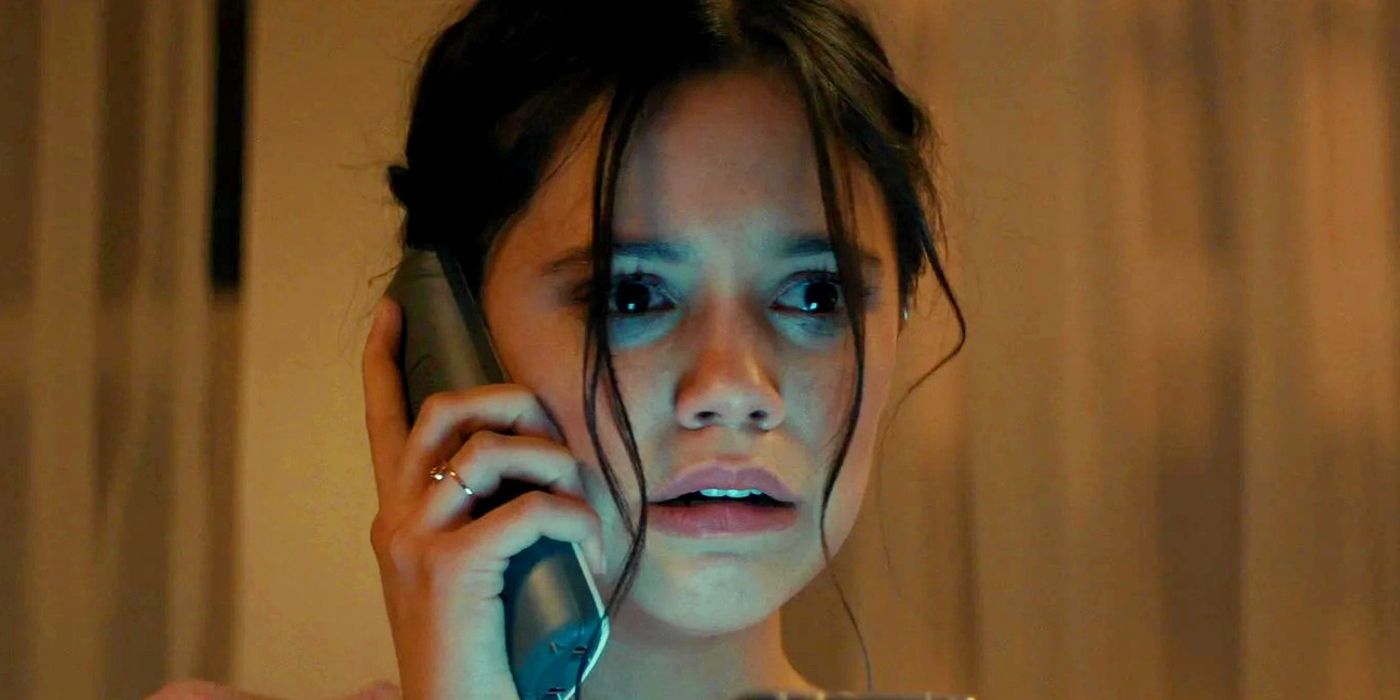
Unraveling the Terrifying Tale: A Deep Dive into 3 Hair-Raising Horror Movies

Discover the chilling legend of La Llorona, a terrifying tale that haunts those who grew up with it Explore three horror movies that attempted to capture her story, each with varying degrees of success
Generations of children throughout Central America have grown up with a deep fear of La Llorona. Her tragic tale has been the inspiration behind three different horror movies released within a span of three years, further intensifying people's fears. According to popular versions of the legend, she is described as a ghostly figure dressed in a white funeral gown, forever weeping as she searches for her lost children near bodies of water. Some versions depict her as a vengeful spirit who kidnaps children to replace her own, while others portray her seeking revenge on unfaithful husbands. Regardless of her motivations, the universal consensus among those who share her story is that if you hear the haunting cries of La Llorona, it is already too late.
The deeply sorrowful nature of her tale has always captured the attention of filmmakers. La Llorona's story was first depicted in a horror movie back in 1933 with the release of the Mexican film, "La Llorona." Since then, her legend has continued to influence the genre, appearing in films such as the 1963 Mexican film "La Maldición de la Llorona" (The Curse of La Llorona), 2006's "KM 31: Kilómetro 31," and more recently, 2013's "Mama" directed by Andy Muschietti and Guillermo del Toro. However, Hollywood's infatuation with her story has become increasingly apparent in recent years.
What is the legend of La Llorona?
La Llorona, also known as "The Crying Woman" or "The Wailer," is a vengeful spirit from Mexico who is said to wander near bodies of water, mourning the children she drowned after discovering her husband's infidelity. This tale is deeply ingrained in Mexican popular culture and is often shared with children as a cautionary tale, warning them against walking alone in the dark or near bodies of water. Although the earliest recorded accounts of the La Llorona legend can be traced back to 1550 in Mexico City, variations of the myth can be found across various Central American cultures.
In a typical version of this legend, La Llorona is portrayed as a beautiful woman named Maria who marries a wealthy conquistador and bears him two children. One day, Maria catches her husband with another woman and, consumed by rage, she drowns their children in a river. Overwhelmed by guilt immediately after committing such a heinous act, Maria takes her own life but is unable to find peace in the afterlife. Cursed to roam the earth as a spirit, she endlessly searches for her lost children. As with most local legends, the tale of La Llorona varies depending on the region in which it is recounted.
La Llorona (2019)
In Guatemala, there is a haunting legend that tells the tragic tale of a woman from Guatemala City who found herself in a precarious situation when she became pregnant after an affair. Desperate to conceal the evidence of her betrayal from her husband, she resorted to a horrifying act - she drowned her newborn baby in a river. As fate would have it, her actions sealed her eternal condemnation in the afterlife.
Legend has it that this tormented woman is now condemned to wander the realms of the afterlife, forever burdened with the desperate and futile search for the child she heartbreakingly lost. Restlessly, she roams the land, relentlessly scouring every body of water she encounters, hoping to be reunited with her drowned son.
Interestingly, this haunting tale takes on a different form when it is whispered in the historical annals of Venezuela. Set in the hauntingly beautiful region of Los Llanos, the legend portrays a woman who suffered tremendous sorrow and anguish after her beloved children were mercilessly taken from her. Her grief eventually consumed her, leading to her untimely demise.
Yet, even in death, her anguish lives on. Legend has it that she lingers in the afterlife, forever tormented by the memories of her lost children. Her eternal existence is marked by an unending search for her offspring, as she frantically traverses the waters and explores every nook and cranny, hoping against hope to find solace and reunion.
It is not just in Central and South America where this haunting tale of motherly tragedy is told. Even in the vast landscapes of the American Southwest, a more simplified version of the La Llorona myth exists. Rather than delving into the complexities of the woman's origins or the specific circumstances of her loss, this adaptation serves a practical purpose - to dissuade adventurous children from venturing into dangerous areas alone.
In this retelling, a cautionary tale is spun, warning children of the perils that await them if they dare to venture into treacherous territories unaccompanied. With a firm and chilling reminder of La Llorona's relentless pursuit, children are encouraged to exercise caution and stay safe, far away from harm's reach.
The myth of La Llorona resonates across cultural boundaries, seeping into the souls of those who hear it. Whether her sorrowful cries are heard in Guatemala, Venezuela, or the American Southwest, the tale serves as a haunting reminder of the consequences of our actions, the depths of a mother's despair, and the inseparable bonds that connect us all.
In 2019's La Llorona, director Jayro Bustamante, a rising star from Guatemala, skillfully combines political drama with a reimagining of the classic horror genre. This thought-provoking film is set against the backdrop of the 1982 genocide of Guatemala's indigenous Mayan population under the rule of dictator Efraín Ríos Montt. While some critics had mixed reviews initially, this contemporary take on the traditional mythos of La Llorona captivates audiences with its unique perspective.
The story revolves around the Monteverde family, led by former dictator Enrique Monteverde, who is on trial for the horrendous crimes committed under his orders. Despite being found guilty by the new government, Monteverde manages to escape any punishment, resulting in constant protests outside his residence. The unsettling sound of a woman's tears throughout the night leads Monteverde to the brink of shooting his wife, causing most of their household staff to resign. To counter the situation, the remaining housekeeper brings a Kaqchikel woman from her village to work as a maid. With the ongoing protests, the entire family becomes confined within their own home, where supernatural occurrences intensify for Monteverde and his wife, Carmen. In a dramatic climax, it is revealed that Alma, the new maid, is actually the spirit of La Llorona. She is a grieving mother who had been executed by Monteverde himself, who forced her to watch as his soldiers drowned her children. Possessing Carmen, Alma relives her tragic final moments and strangles Monteverde to death.
The Curse of La Llorona (2019)
Making his directorial debut, Michael Chaves brings us The Curse of La Llorona, the latest installment in The Conjuring connected universe franchise. Despite its box-office success, the film was met with scathing reviews and ultimately became the lowest-performing entry in the Conjuring series. Having premiered at South By Southwest prior to its theatrical release, it failed to live up to the high expectations set by its predecessors.
In a unique twist, The Curse of La Llorona serves as an alternative backstory for the haunting spirit. The film opens in 17th century Mexico, where a family enjoys a playful day in a field. The youngest child presents his mother with a necklace, a symbol of their eternal bond. However, tragedy strikes when the mother discovers her eldest son being drowned by his brother in a nearby stream. In a state of shock, the young boy tries to escape, but he is unable to outrun the wrath of La Llorona.
Fast forward to 1970s Los Angeles, where Linda Cardellini portrays Anna, a dedicated social worker investigating a troubling truancy case connected to Patricia Alvarez and her two children. Upon visiting Patricia's residence, Anna discovers the boys locked away in a room. After a tense confrontation with Patricia, who claims it was for their safety, Anna removes the children from the room. Tragically, the following day, the boys are discovered drowned in a nearby river. Patricia becomes the prime suspect in their deaths. Unbeknownst to Anna, Patricia had pleaded with the vengeful spirit haunting her family to bring her boys back, offering Anna's own children in return. Thus, La Llorona embarks on a relentless pursuit of Anna's children over the course of two harrowing days.
With the guidance of a Catholic priest and a Mexican folk shaman, Anna and her family join forces to combat La Llorona's malevolence. Through their combined efforts, they ultimately succeed in vanquishing the vengeful spirit and bringing an end to The Curse of La Llorona.
The Legend of La Llorona (2022)
The Legend of La Llorona, directed and written by Patricia Harris Seeley, made its debut in 2022 with a limited theatrical release, followed by availability on streaming services. Unfortunately, the film received negative feedback from critics, and its low 7% rating on Rotten Tomatoes contributed to its lack of visibility among other low-budget horror movies released in recent years.
The narrative of the movie begins similarly to The Curse of La Llorona in 2019, as it introduces the legend of Maria, a woman who lived in 17th century Mexico and was executed for her atrocious crimes. In an attempt to heal from a recent tragedy, a grieving family from California decides to take a vacation in the same region of Mexico, unaware of the dark history surrounding the place they choose to stay. Little do they know, a malevolent spirit lurks in the hills near their hotel, targeting their young son.
The reception of this version was greatly influenced by various factors. The lack of direction leading to unconvincing acting, exaggerated portrayal of Mexican individuals, inconsistent dialogue tones, the unexpected treatment of the main character as a mere "twist," and the underwhelming resolution where a vengeful spirit is defeated simply by shooting it with a shotgun left the audience disappointed in what was expected to be a horror film starring Danny Trejo.
